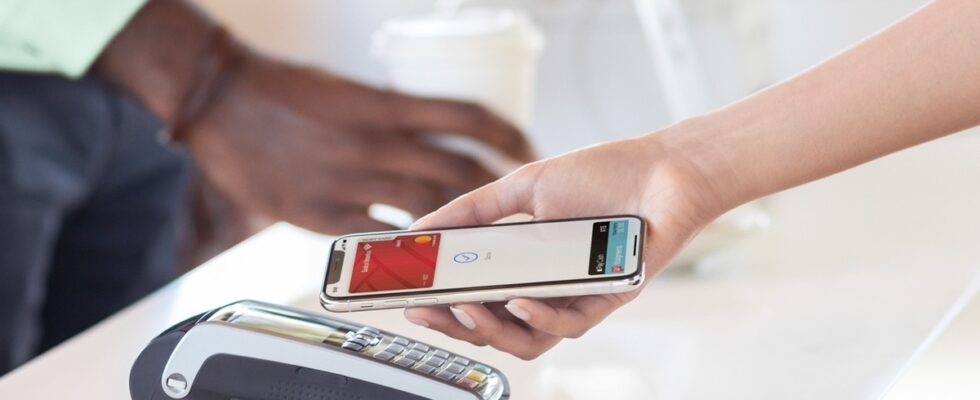In February 2023, Tim Cook presented the Apple Pay Later functionality: directly integrated into the Cards application for iPhone, it was a kind of zero-interest loan system. Thus, for the purchase of a product between 50 and 1000 dollars, it was possible to divide the purchase into several monthly payments subject to validation of the credit request. Never put into service in France, this functionality is now disappearing to make way for an alternative directly integrated into Apple Pay, by the end of the year. A fairly logical disappearance, as Apple’s partnership with Goldman Sachs ended last November. For information, customers holding credit via Apple Pay Later will obviously have to pay their debt until the end, despite the disappearance of the service.
The new version still not planned in France
For 9to5Mac, an Apple spokesperson went into detail about this removal: “Starting later this year, users around the world will be able to access loans via debit and credit cards when paying with Apple Pay” he was thus able to begin. He continues: “with the introduction of this new offer we are removing Apple Pay Later in the United States“.
As a reminder, the function was in fact only accessible across the Atlantic until now. The spokesperson concludes by opening up about the availability of this function worldwide: “our goal remains to provide our users with access to simple, secure and private payment options with Apple Pay, and this new solution will help bring more flexible payments to more users in various locations around the world“.
For the moment, France is not planned among the countries benefiting from this new functionality: only Spain (CaixaBank), the United Kingdom (HSBC, Monza), Australia (ANZ) and the United States ( Citi, Synchrony) should be entitled to it at the end of the year. All that remains for Apple is to find a banking partner in France to enable the integration of the function here.
